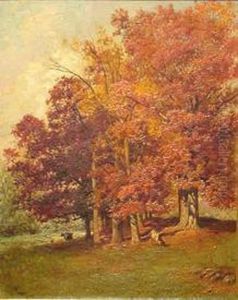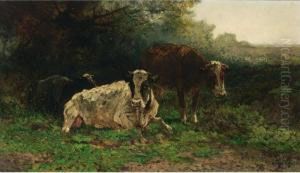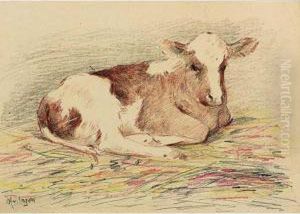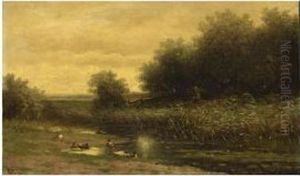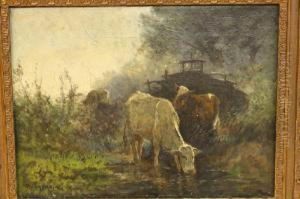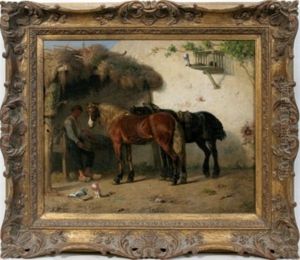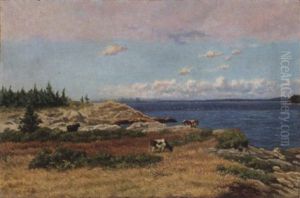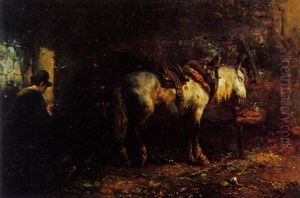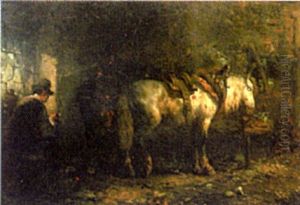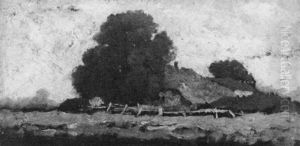Hendrikus Alexander Van Ingen Paintings
Hendrikus Alexander Van Ingen was a Dutch artist, known primarily for his skill in painting and etching. Born in the Netherlands in 1866, Van Ingen emerged from a period that was rich in artistic evolution, participating in the movements that would define the transition from traditional to modern art in Europe. His work, though not as widely recognized as some of his contemporaries, provides a fascinating insight into the stylistic transitions of the late 19th and early 20th centuries.
Van Ingen's artistic journey began in an era dominated by the academic traditions of the Royal Academy of Arts, yet he was part of a generation that started to challenge these norms. His early works are characterized by a strong adherence to realism, with a particular focus on landscapes and cityscapes. These pieces captured the tranquil beauty of the Dutch countryside and the architectural charm of its cities with meticulous detail and a profound sense of atmosphere.
As the years progressed, Van Ingen's style evolved, showing influences of Impressionism and Post-Impressionism, movements that were gaining prominence in France. His palette became lighter and his brushstrokes more fluid, reflecting the broader shift towards capturing the impression of a moment rather than its detailed reality. This evolution mirrored the larger artistic movements of the time, as artists across Europe sought to express more subjective and personal visions of the world around them.
Despite his talent and the quality of his work, Hendrikus Alexander Van Ingen did not achieve the same level of fame as some of his contemporaries. His career was one of modest success, with appreciation for his work growing steadily, if not spectacularly. He exhibited regularly, contributing to the vibrant cultural scene of the Netherlands, and his works were collected by those who recognized his ability to capture the essence of his homeland with both precision and emotion.
Van Ingen's legacy, while perhaps not as prominent as that of the giants of his time, is nonetheless significant. His paintings and etchings offer a window into the transitionary period of art history in which he lived, bridging the gap between the strict realism of the 19th century and the more experimental approaches of the 20th. Hendrikus Alexander Van Ingen passed away in 1923, leaving behind a body of work that continues to be appreciated for its beauty and historical value.
